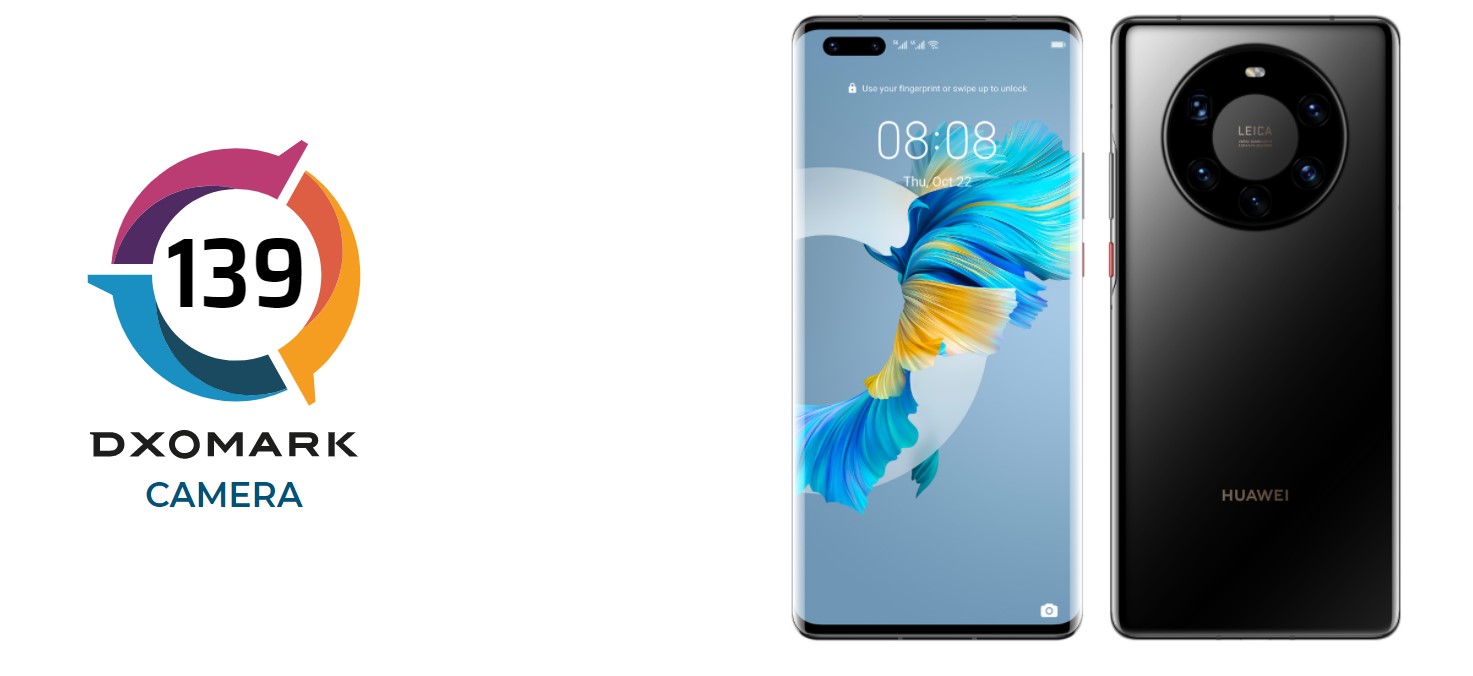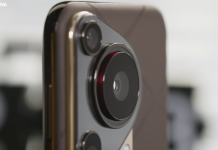Huawei’s flagships have always topped the charts when it comes to the Cameras. Precisely, DXOMARK, which is known for camera reviews, has time and again spotted the nitty-gritty that Huawei includes in every generation. After reviewing the Mate40 Pro, it has released the rear camera review of the Mate40 Pro+. Accordingly, the device tops the charts beating its sibling by 3 points.

Huawei Mate40 Pro+ gets an overall DXOMARK camera score of 139 points. With this, it sets new a record in the Camera department. It scores a whopping 144 points in the Photo category. As the report says, this is the highest ever for still photos. However, it is three points short(98 points) of beating Mi 10 Ultra in the zoom category.
If you recall, the latter, which previously had the best camera, scores 101 points in the Zoom category. Besides, Mate40 Pro+ also misses the top spot in the Video category to its sibling Mate40 Pro. It scores a point lesser(115 points) than the latter(116 points). That said, Huawei has now captured three of the top 5 spots on the DXOMARK camera rankings and this is impressive to say the least.
In comparison to Mate40 Pro, it has an additional dual-Telephoto lens and 3D ToF sensors. Before we talk about the Pros and cons, let’s briefly take a look at the rear-camera setup on the Mate40 Pro+ below:
- 50MP f/1.9 Primary
- 20MP f/2.4 ultra-wide
- 12MP f/2.4 Telephoto
- 8MP f/2.4 Telephoto
- 3D ToF sensor
- Color Temperature Sensor
- Video: supports 4K at 60fps
- Features: OIS(Primary, Telephoto), EIS
EDITOR’S PICK: DXOMARK China picks best Smartphones and Smart Speaker in different categories
The report says that Mate40 Pro+ takes still photos and videos with accurate Exposure, a wide dynamic range, and doesn’t miss out on the highlights. The images are almost similar to those on the Mate40 Pro. However, the extra Telephoto and wider lens(ultra-wide- 14mm FOV), and features like OIS helps take better pictures with wider range, noise reduction, and textures.
However, it has few minor cons like color quantization, ghosting artifacts, shallow depth of field, and less sharpness in video frames(low light). Strangely, the device’s autofocus fails at closer distance and its preview images seem to be different than captured ones.







